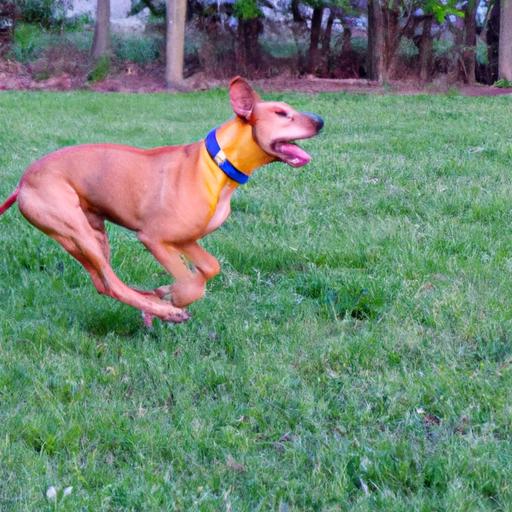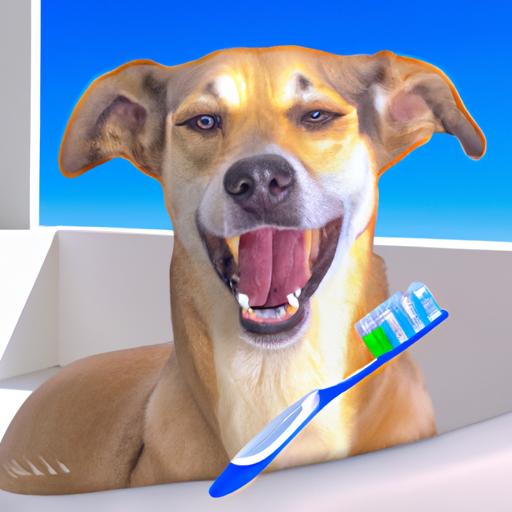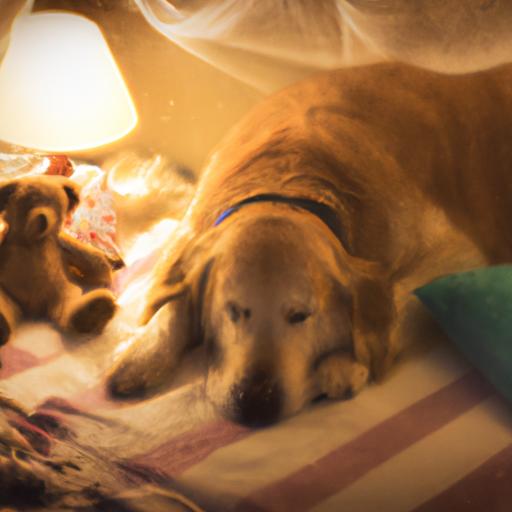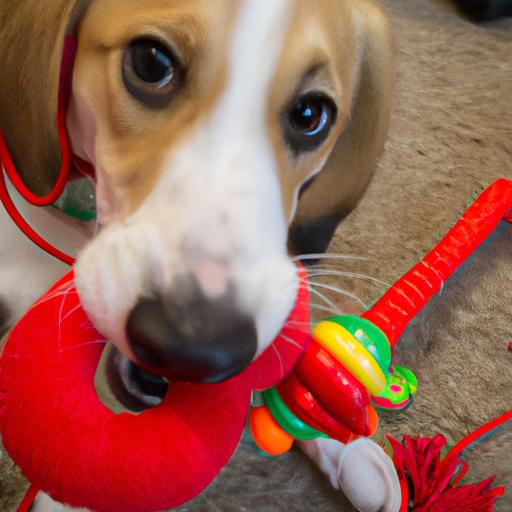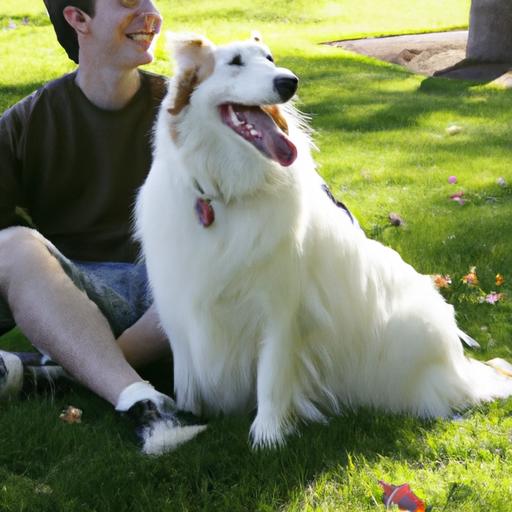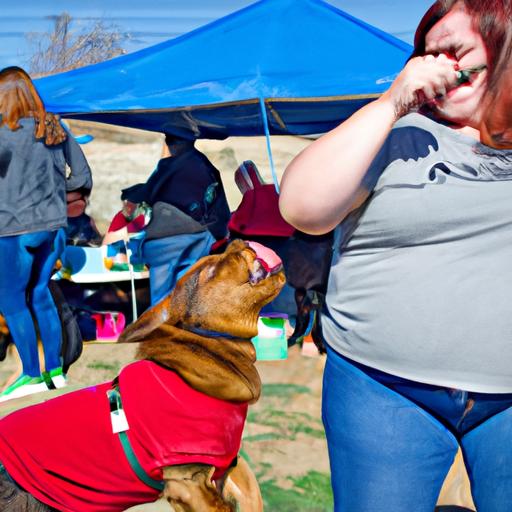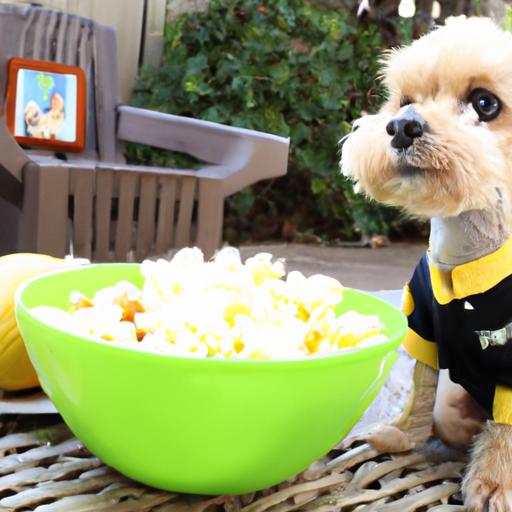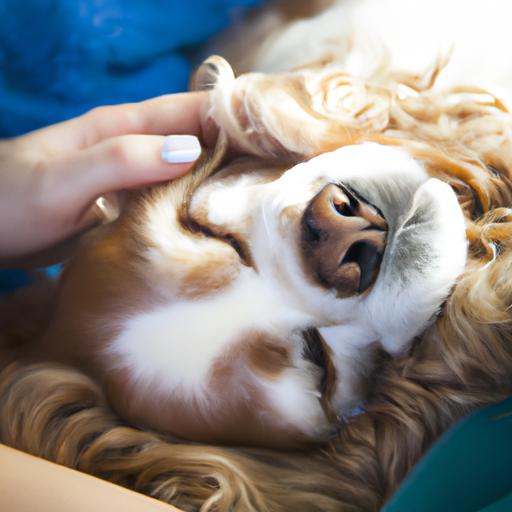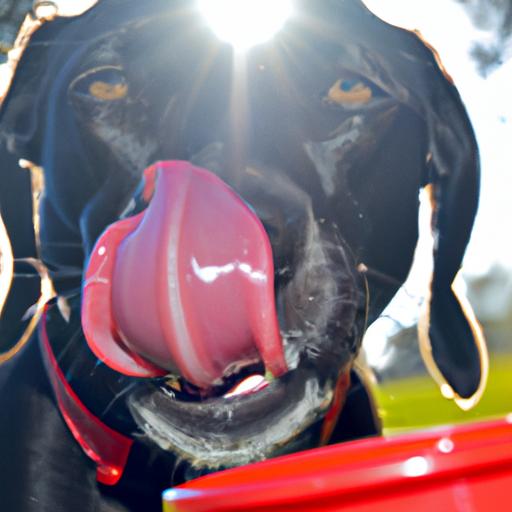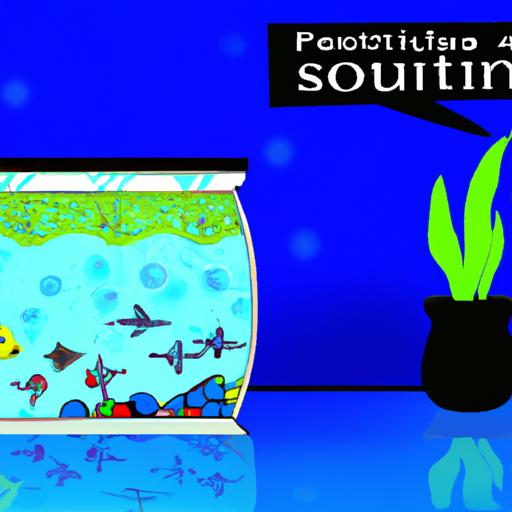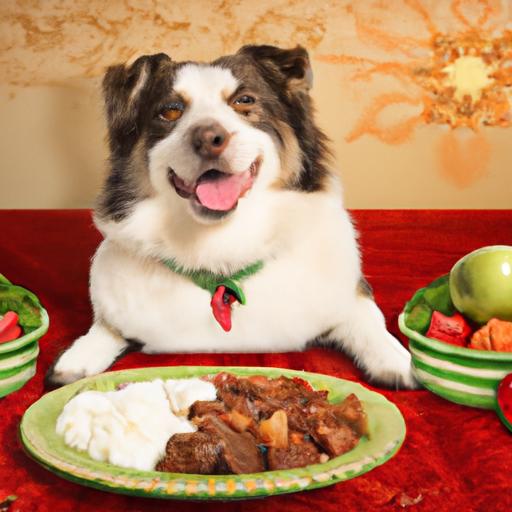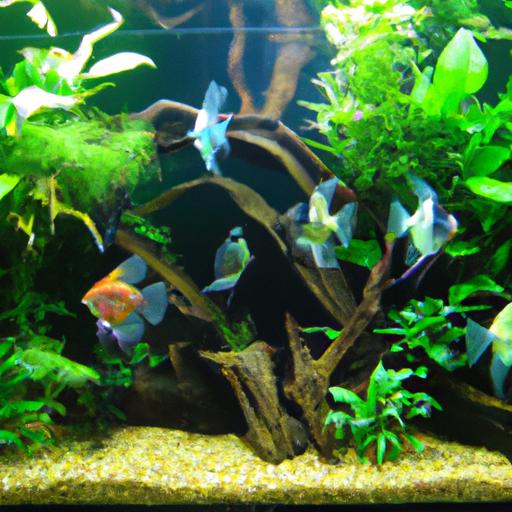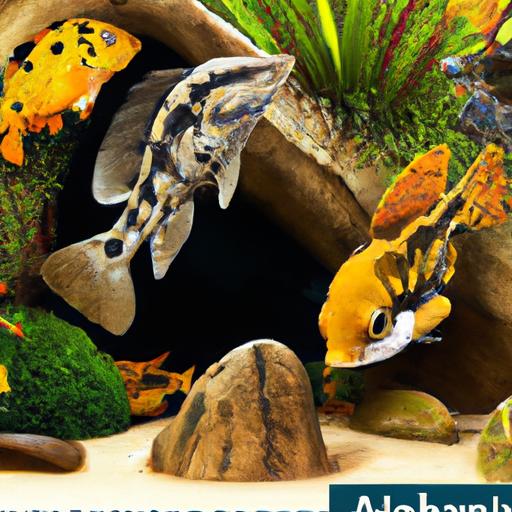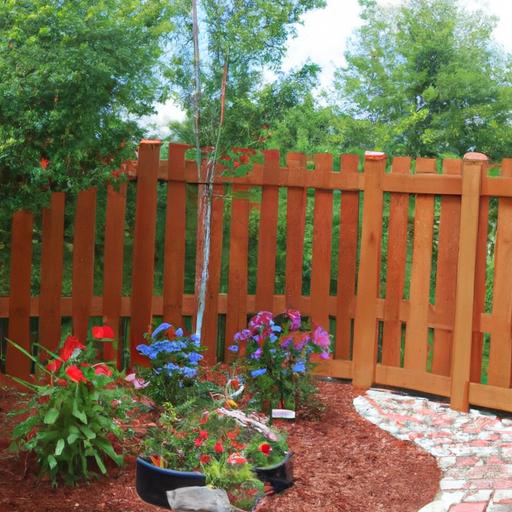
Canine DIY Sensory Garden: A Natural Retreat
Discover how to create a Canine DIY Sensory Garden: A Natural Retreat for your furry friend. Engage their senses and provide a safe haven. Read more!
Are you looking for a way to create a haven for your furry friend that stimulates their senses and provides a natural retreat? Look no further than a Canine DIY Sensory Garden! This article will guide you through the process of designing and building a sensory garden that will captivate your canine companion. From selecting the perfect location to choosing the right sensory elements, we’ve got you covered. So, let’s dig in and discover how to create a natural oasis that will have tails wagging with delight!
Introduction
As dog owners, we understand the importance of providing an environment that engages our furry friends’ senses. A Canine DIY Sensory Garden is a fantastic way to do just that. These gardens offer a variety of sensory experiences for dogs, including scents, textures, and sounds. They provide a safe and enjoyable space where dogs can explore, play, and relaIn this article, we will explore the steps to create your very own Canine DIY Sensory Garden, ensuring a natural retreat that will keep your canine companion happy and content.
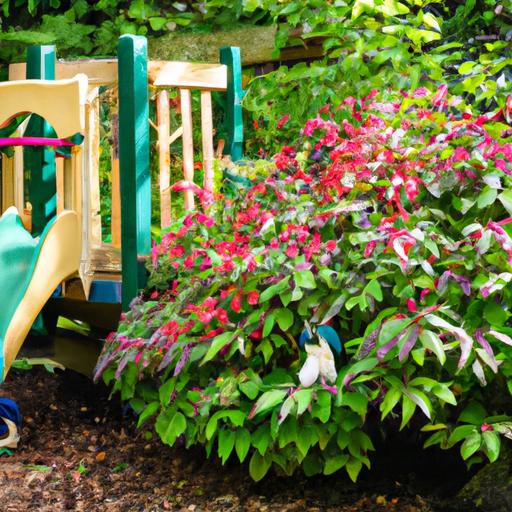
Creating a Canine DIY Sensory Garden
Selecting the Ideal Location
The first step in creating a Canine DIY Sensory Garden is to find the perfect spot in your outdoor space. Look for an area that receives a good amount of sunlight and has enough room for your furry friend to roam freely. Consider the accessibility of the garden and how it fits into your overall landscape design. By choosing the right location, you’ll set the foundation for a successful sensory garden.
Designing the Garden Layout
Once you have chosen the location, it’s time to design the layout of your Canine DIY Sensory Garden. Think about creating different zones within the garden that cater to each of your dog’s senses. Plan pathways that meander through the garden, allowing your furry friend to explore and discover the various sensory elements. Incorporate seating areas where you can relax and enjoy the garden alongside your canine companion.
Choosing Sensory Elements for Dogs
Now comes the fun part – selecting the sensory elements that will make your Canine DIY Sensory Garden truly captivating. Here are some ideas to get you started:
-
Scented Plants and Flowers: Introduce a variety of fragrant plants and flowers that will entice your dog’s sense of smell. Lavender, rosemary, and mint are great choices that not only smell divine but also have calming effects on dogs.
-
Textured Pathways and Surfaces: Add different textures to the garden by incorporating materials like gravel, wood chips, and soft grass. This will provide your dog with a tactile experience as they walk or play in the garden.
-
Water Features for Auditory Stimulation: Dogs are fascinated by the sound of running water. Consider adding a small pond, a bubbling fountain, or even a shallow pool for your furry friend to splash around in. The gentle sound of water will create a soothing ambiance in the garden.
-
Interactive Play Structures: Install dog-friendly play structures, such as tunnels, agility equipment, and digging pits. These elements will not only engage your dog physically but also mentally, providing them with hours of entertainment.
Safety Considerations for Canine Gardens
While designing your Canine DIY Sensory Garden, it’s crucial to prioritize safety. Here are a few key considerations:
-
Non-Toxic Plant Selection: Ensure that all plants in your garden are safe for dogs. Some common plants, like lilies and azaleas, can be toxic to our furry friends. Research dog-friendly plants or consult with a local garden center to choose plants that are both beautiful and safe.
-
Avoidance of Potential Hazards: Remove any toxic chemicals, sharp objects, or potential choking hazards from the garden. Regularly inspect the garden to ensure there are no dangers lurking that could harm your dog.
-
Proper Fencing and Containment: Install secure fencing around the garden to keep your dog safe and prevent them from wandering off. Make sure the fencing is tall enough to prevent any escapes and check for any gaps or weak spots.
FAQ: Frequently Asked Questions about Canine DIY Sensory Gardens
As you embark on your journey to create a Canine DIY Sensory Garden, you may have some common questions. Here are answers to a few FAQs:
Are sensory gardens suitable for all dog breeds?
Yes, sensory gardens can be enjoyed by dogs of all breeds and sizes. The sensory experiences provided by these gardens are beneficial and enjoyable for all canines.
How much space is required to create a canine sensory garden?
The space required for a canine sensory garden can vary depending on the size of your dog and the elements you wish to incorporate. However, a minimum of 200-300 square feet is recommended to provide enough room for your furry friend to explore and engage with the sensory elements.
Can I include edible plants in the garden?
While it can be tempting to include edible plants in your canine sensory garden, it’s important to research which plants are safe for dogs to consume. Some common garden plants can be toxic to dogs, so it’s best to consult with a veterinarian or garden expert to ensure the plants you choose are safe for your furry friend.
What are the benefits of a sensory garden for dogs?
Sensory gardens offer numerous benefits for dogs. They provide mental stimulation, encourage physical activity, and create a calming environment. These gardens can also help reduce anxiety, improve overall well-being, and strengthen the bond between you and your canine companion.
How can I maintain the garden’s sensory elements over time?
Regular maintenance is essential to keep your Canine DIY Sensory Garden in top shape. Prune plants, replenish mulch, and clean water features as needed. Regularly inspect the garden for any potential hazards or signs of wear and tear. By dedicating a little time to upkeep, your furry friend will continue to enjoy their natural retreat for years to come.
Conclusion
Creating a Canine DIY Sensory Garden is a wonderful way to provide a natural retreat for your furry friend. By selecting the ideal location, designing a thoughtful layout, and incorporating various sensory elements, you can create a captivating oasis that engages your dog’s senses. Remember to prioritize safety and maintain the garden regularly to ensure a safe and enjoyable environment. So, why wait? Start planning your Canine DIY Sensory Garden today and give your furry friend a sensory experience they’ll never forget!
